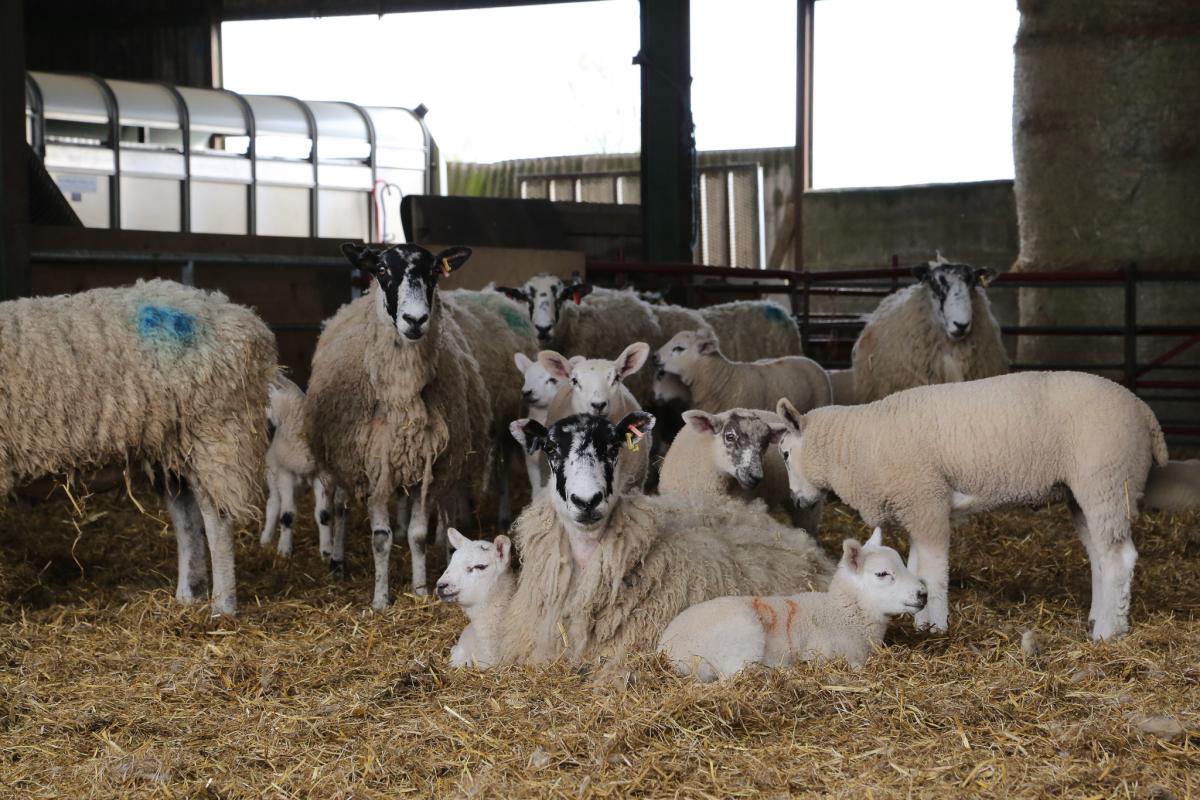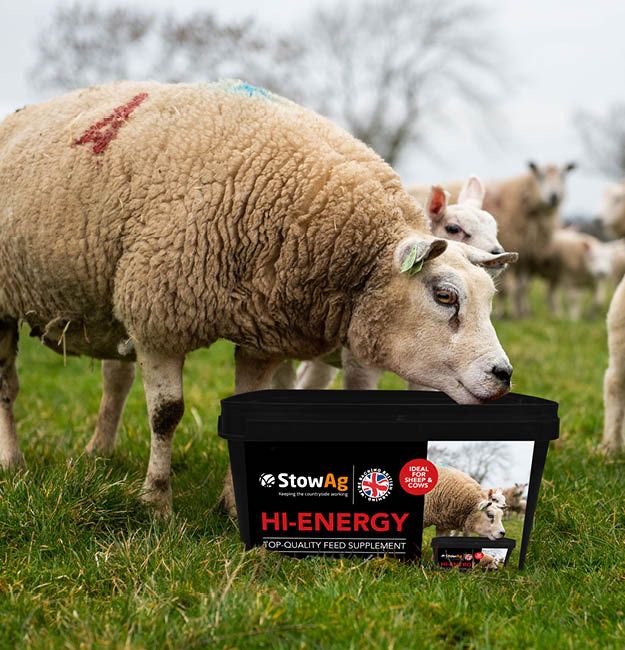
The success of any lambing season begins long before the ram meets the ewe. Pre-tupping ewe management is essential for optimal fertility, tighter lambing periods, and healthy lamb crops. The lead-up to tupping provides a key window typically 6 to 8 weeks before mating during which farmers can optimise ewe health, nutrition, and reproductive readiness.
Step 1: Assessing ewe condition pre-tupping
One of the most critical indicators of reproductive potential is ewe condition pre-tupping, measured through Body Condition Scoring (BCS). Target scores vary slightly by breed and farming system but generally fall between 2.5–3.5.
- Lean ewes (below BCS 2.5): May experience delayed ovulation and reduced conception rates.
- Overfat ewes (above BCS 4): Risk complications such as poor fertility and metabolic disorders.
Start by handling ewes to assess their score and group them accordingly. Leaner animals may need supplementary feeding, while overweight ewes could benefit from exercise and a lower-energy diet.
Step 2: Nutritional strategies for tupping ewes
The nutritional plan leading up to tupping is vital as ewes should be offered a balanced diet that supports reproductive function and energy demands. Forage quality should be assessed, and where shortfalls are identified, supplementation becomes crucial.
Flushing ewes before tupping aims to improve flock fertility and lambing percentages. This practice involves enhancing the ewe’s nutrition in the two to three weeks leading up to mating, typically by moving them onto high-quality pasture or providing supplemental feed. The goal is to improve body condition and stimulate reproductive hormones, which can result in higher ovulation rates, improved conception, and an increase in twins or triplets. Flushing is particularly effective for ewes in moderate or poor condition, while over-fat ewes may not benefit and could even see reduced fertility.
Key nutritional components to consider:
- Protein: Supports ovary function and embryo development.
- Energy: Drives hormonal activity and overall condition.
- Trace Elements: Selenium, cobalt, iodine, and copper are critical for fertility.
Supplementing with pre-tupping buckets or boluses ensures a consistent and targeted supply of minerals and vitamins to support ovulation and early pregnancy establishment.
Step 3: Health checks and disease prevention
Before introducing rams, ensure all tupping ewes are in good physical health. A comprehensive pre-tupping health plan should include:
- Lameness treatment: Check and treat feet to ensure mobility during tupping.
- Parasite control: Conduct faecal egg counts and treat for worms, fluke, and external parasites as needed.
- Vaccinations: Administer booster vaccinations where required to avoid disease challenges during early pregnancy.
Also inspect teeth, udders, and general alertness. Ewes in poor health may be better culled or held back to avoid compromising the lamb crop.
Step 4: Ram preparation and planning
Although the focus is often on ewes, ram readiness is just as vital. Ensure all rams have undergone a breeding soundness exam, are in fit condition (BCS 3.5–4), and are introduced in a controlled manner. Depending on flock size, use the recommended ram-to-ewe ratio (typically 1:40 for mature rams, 1:20 for ram lambs).
Marking harnesses can help monitor mating activity and ensure coverage across the entire ewe group.
Final considerations and timing
Timing is everything. Begin your pre-tupping ewe management routine at least 6–8 weeks before introducing rams. This allows ample time for improvements in condition, treatment completion, and steady supplementation. A well-managed ewe will not only conceive more readily but also produce healthier lambs and be more resilient throughout gestation.
Preparing ewes for tupping isn’t just good practice, it’s a cornerstone of profitable, productive sheep farming. By focusing on ewe condition pre-tupping, strategic nutrition, and proactive health care, farmers can ensure their tupping ewes are primed for success. Start early, stay consistent, and reap the rewards at lambing time.
For advice on mineral buckets, boluses, or body condition scoring, speak to your local Animal Health Advisor or explore our tupping preparation range online.

